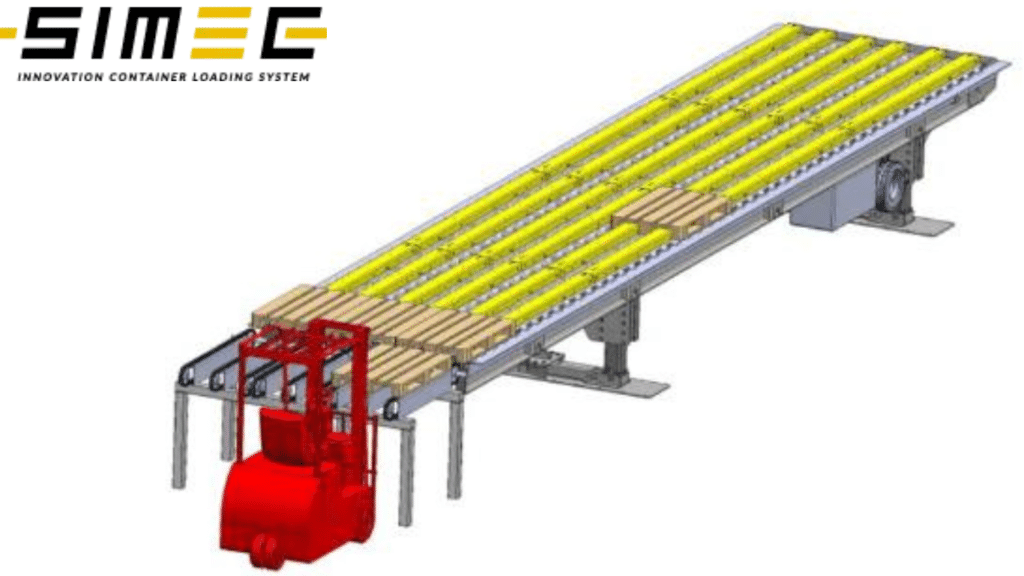In the intricate web of modern supply chain management, the pursuit of operational excellence is paramount. As industries strive to meet burgeoning market demands, the integration of cutting-edge technologies becomes pivotal. One such transformative innovation is the Automated Truck Loading System (ATLS), designed to revolutionize logistics by streamlining loading and unloading processes. This article delves into an academic exploration of how efficient ATLS utilization impacts various dimensions, including key performance indicators (KPIs), cost savings, sustainability, customer satisfaction, quality enhancement, safety, and risk mitigation.

Understanding KPIs: Measures of Efficiency
KPIs serve as compasses guiding logistics operations toward efficiency and profitability. By deploying ATLS, multiple KPIs experience notable transformation. For instance:
| KPI | Pre-ATLS Value | Post-ATLS Value | Percentage Improvement |
|---|---|---|---|
| Throughput | 100 orders/hour | 150 orders/hour | 50% |
| Labor Productivity | $10 per unit | $5 per unit | 50% |
| Loading/Unloading Time | 45 minutes | 20 minutes | 55% |
| Error Rate | 8% | 2% | 75% |
| Equipment Utilization | 70% | 90% | 20% |
| Turnaround Time | 3 hours | 1.5 hours | 50% |
| Market Share and Revenue | 10% market share | 15% market share | 50% revenue growth |
| Sustainability Impact | 1000 tons/year | 600 tons/year | 40% reduction |
| Customer Satisfaction | 85% | 95% | 10% improvement |
Quality Enhancement: Ensuring Consistency and Precision
Quality enhancement is another crucial dimension that ATLS impacts. Automated processes ensure consistency and precision, reducing errors and discrepancies in loading and unloading operations. This quality enhancement not only prevents costly errors but also enhances the overall reputation of a business, leading to customer trust and loyalty.
Safety and Risk Mitigation: A Case for Chemical Factories
Beyond operational benefits, ATLS also plays a pivotal role in ensuring safety and risk mitigation. Consider a chemical factory where precision and safety are paramount. Manual loading and unloading could lead to accidents, jeopardizing worker safety and causing significant damage. In such a scenario, the factory might face prolonged closures, incurring substantial costs. ATLS’s precision and automation significantly reduce the chances of accidents, mitigating risks and ensuring both worker safety and continuity of operations. Let’s consider that an ATLS system prevents three days of factory closure every five years, saving €250,000 per day.
Calculating Cost Savings: A Balanced Scorecard Approach
Beyond mathematical figures, the implementation of ATLS presents a balanced scorecard of benefits to customers.
- Operational Efficiency: ATLS improves order throughput, minimizing waiting times, and expediting loading and unloading processes.
- Resource Optimization: Reduced labor requirements and equipment downtime optimize resource allocation.
- Error Prevention: Enhanced precision minimizes the occurrence of errors, translating into lower costs associated with damaged goods.
- Market Expansion: Increased market share due to efficient logistics empowers businesses to venture into new territories.
Sustainability Gains: A Green Supply Chain Approach
ATLS contributes to environmental sustainability by reducing carbon emissions and fuel consumption, aligning with contemporary green supply chain initiatives.
Customer-Centric Approach: Enhancing Satisfaction and Loyalty
Efficient ATLS utilization enables businesses to fulfill orders accurately and promptly, fostering customer loyalty through enhanced satisfaction.
Holistic ROI Calculation: A Customer-Centric Model
While ROI often focuses on financial gains, a holistic analysis reflects ATLS’s multifaceted benefits. Imagine a company investing €350,000 in an ATLS system. Alongside tangible cost savings, consider the intangible gains in operational efficiency, resource optimization, error prevention, market expansion, sustainability, customer satisfaction, quality enhancement, safety, and risk mitigation.
Calculating Payback Time
Considering the initial investment in an ATLS machine at a cost of €350,000, the payback time can be calculated by dividing the investment by the annual cost savings achieved through ATLS utilization.

Conclusion
In the realm of modern logistics, ATLS has emerged as a harbinger of operational excellence. The profound impact on KPIs, cost savings, sustainability, customer satisfaction, quality enhancement, safety, and risk mitigation showcases its multidimensional benefits. This academic exploration underscores the symbiotic relationship between efficient ATLS utilization and a comprehensive return on investment. To embark on this transformative journey, visit www.simecsystems.com, where academia and innovation converge to optimize logistics.

